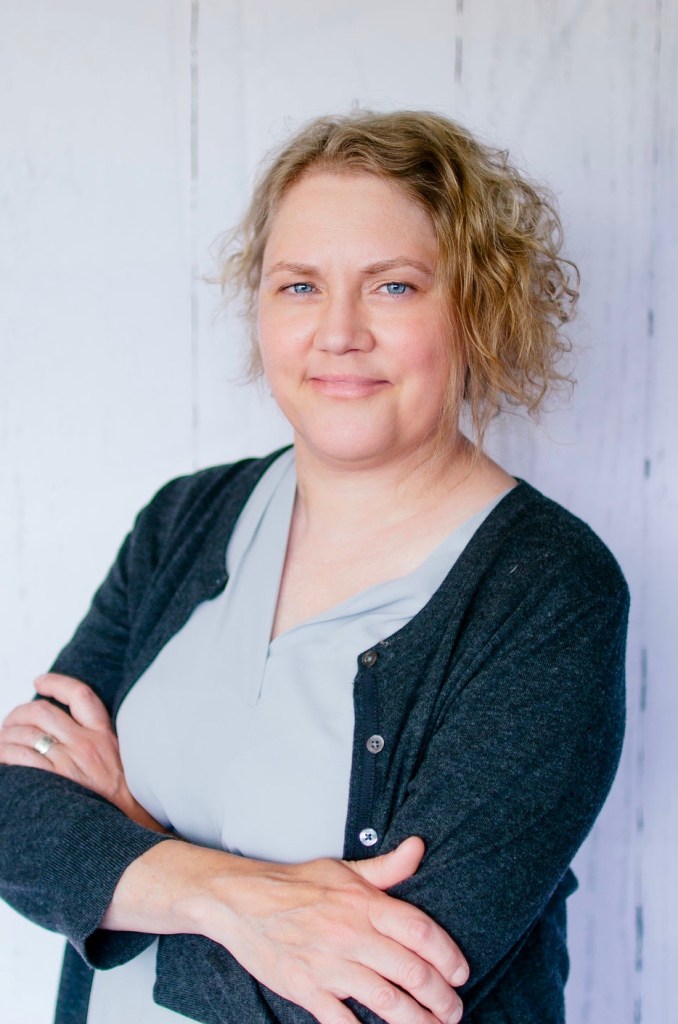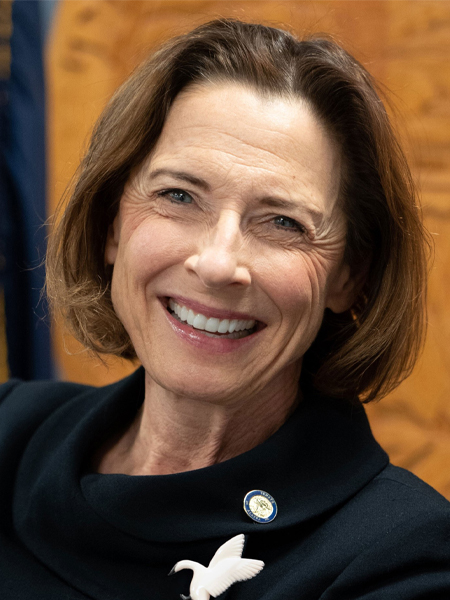It’s called Final-Five Voting and it would eliminate partisan primaries and enact ranked-choice voting.
By Peter Cameron, THE BADGER PROJECT
When Alaska ran its elections in 2022, it used a totally new system to vote.
Voters had much more choice than the two candidates they usually get, and experts said the nastiness that has become so common in modern politics was much diminished.
“Do you wish your elections were more civil?” Chanda Meek, a political science professor at the University of Alaska Fairbanks, asked The Badger Project. “This is a good way to do it.”
A bipartisan bill in Wisconsin would enact a similar system here, though it faces a steep climb to passage in the legislature.
A new way to do elections
The bill in Wisconsin, called Final-Five Voting, would only change the way elections are run for Congress.
It would end partisan primary elections — no Democratic or Republican primaries — and require candidates from all parties to run on the same primary ballot. Voters then select their one favorite candidate.
The top-five vote winners from the primary ballot move on to the general election, where voters rank the candidates 1-5, from their first to last choices. It’s a process known as ranked-choice voting.
If one candidate wins a majority after the first-choice votes are counted, then that candidate wins, just as it works now.
If no one wins a majority after the first count, the last-place vote winner is removed from the race. Voters who made that candidate their original top choice then have their votes for their second-favorite candidate distributed to — and counted for — the candidates they originally made their second choice.
The process continues in a series of instant run-offs until one candidate has a majority of the vote.
Final-Four in Alaska
Alaska’s new voting system differs from the one proposed for Wisconsin in one substantive way: it narrows the final field to four candidates instead of five.

Alaska uses the system to elect not just members of Congress, but also state legislators and governor.
It debuted in the special election to fill the seat of the state’s longtime U.S. Rep. Don Young, who died before the regular 2022 election. Nearly 50 candidates qualified to run for his seat in the Final-Four primary in the summer of 2022.
“It was really a smorgasbord of being able to vote for who you wanted,” Meek said. “For the first time in a lot of people’s lives, they were able to choose any flavor: from totally off-the-wall whackos to pretty mainstream candidates.”
Three candidates, two Republicans and one Democrat, moved on to the general election, after one of the top-four vote winners, an independent, dropped out.
The only Democrat, Mary Peltola, won the general election with a solid bloc of support from voters whose top choice was a Republican. Many of those voters, Meek said, did not want to support the other Republican in the race: Sarah Palin.
The victory by a Democrat over two Republicans led to grumbling by the state GOP that Final-Four Voting had delivered an electoral victory to a candidate who should not have won.
Not so, said Cathy Giessel, the Senate Majority Leader of the Alaska State Senate and a Republican.
Sarah Palin lost the election for the state's lone congressional seat because she ran too nasty of a campaign, mostly against the other Republican in the race, Giessel testified at a public hearing on Final-Five Voting at the Wisconsin Capitol earlier this month.
“Sarah Palin did not lose because of this election system," Giessel said. "She defeated herself.”
In the first round of the special election, Peltola only won about 10% of the vote, good for fourth place, compared to about 27% for Palin, who finished with the most votes in the primary.
An independent candidate calling himself “Santa Clause” finished in sixth place after garnering more than 7,600 votes in the wild and woolly election.
But in the general that summer, Peltola won 55% of the vote after the third-place finisher was removed, compared to 45% for Palin.
“I think that was a real interesting result that I couldn’t have predicted,” Meek said. “(Peltola) was not considered a front runner in the first round.”
Just a few months later, Alaska ran the same election again in November. That time, Peltola got the most votes in the first round with nearly 37% of the total. Palin finished second, winning more than 30%.

The results of the general were nearly identical to the general election of the special election, with Peltola again winning about 55% after the second Republican was removed, and Palin winning about 45%.
In general, Meek’s research found that candidates generally ran a more positive campaign compared to previous elections in Alaska. Candidates who weren’t a voter’s first choice still wanted to be considered for their second, Meek said. So candidates worked to stay in the good graces of as many voters as possible.
It removed some “nastiness” from the primary, Meek noted.
“That was nice,” she said with a chuckle. “I appreciated that.”
When the Final-Four Voting system was first proposed in Alaska, Giessel said she opposed it, vocally at public hearings. But she said she changed her mind when she saw that the new system meant legislators no longer had to fear a challenge in a primary in which only the most hard-core partisans vote. Legislators must represent all, or at least a majority, of their constituents.
“It has very much changed how governing is occurring in the Senate," Giessel said of Final-Four Voting at the hearing in Wisconsin. "We’re getting a lot done.”
What's your favorite kind of salmon?
To educate voters on how to use the new system, the Alaska Division of Elections ran public information campaigns, Meek said. One initiative featured five types of salmon in the state, and asked people to rank them.
The League of Women Voters had a booth at the Alaska State Fair where interested individuals could rank favorite food items.
Also, children were taught the voting system in school, and could go home and teach their parents.
“There were a lot of opportunities for people to do it,” Meek said.
One study found most people were not confused by the change in voting and were able to do it successfully.
“But it does help to practice,” Meek said.
The Badger Project is a nonpartisan, citizen-supported journalism nonprofit in Wisconsin.
This article first appeared on The Badger Project and is republished here under a Creative Commons license.
This story was funded in part by a grant from the Jon and Martha Hove Donor Advised Fund at the Community Foundation of Dunn County.


Add new comment